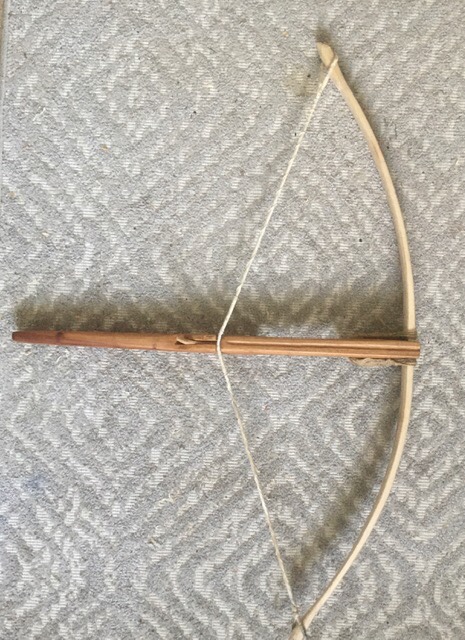I took the drawings of a fragment of an 11th century bow (probably elm) and used it to attempt a replica. It has a small recurve and a side-nock. The recurve worked best being bent in with dry heat and the angle I got using dry heat exactly matched the angle of recurve in the drawing. As I was using heat on the recurves, I also heat-treated the rest of the bow, figuring they used a bed of embers or similar to heat the bow . I built a few to check my findings. The drawing showed the bend for the recurve was 10mm thick and regardless of wood type, and taper, the bow came in VERY underpowered - the average for the three bows comes in at 50lb, and performance is dreadful.
I think my bow design is the issue here.
The recurves are definitely done deliberately and not as an attempt to save a weak bow. They are very short at 2" each, and only at an angle of 25 degrees. How do you tiller a recurved bow when the recurve only begins to work in the last couple of inches of travel? I used a constant taper from centre to tip, and had a lovely profile right up to close to the end of the draw, then the recurve started working, the tips tighten up and a massive hinge suddenly appears in the inner third.

? I built the bows straight, should I have reflexed them? How would you have designed the bow - bare in mind the centre is only 30mm wide (1.25")and the end of the working section is 1" wide.
Now I know there is no direct evidence for sinewing bows in Europe in the 11th century, but I am struggling to think of a good reason for going to a lot of trouble to build a recurved bow that is limited in power by the extremely thin end of the working sections.
Current theory is the bow is a training bow for a youngster, and it very well could be, but apart from they look good, and increase bow performance a tiny bit, why go to a lot of trouble when you could just use a nice piece of yew instead - yew bows were found on the site . I am really struggling to understand why they liked this design, but there are several bow fragments to this pattern at the site.
Anyway, have at it, I really need your thoughts on this puzzle.

